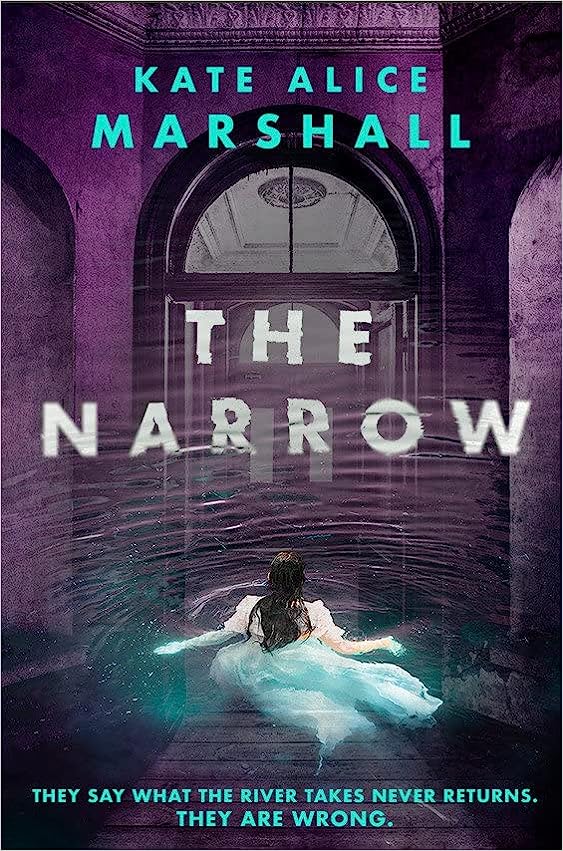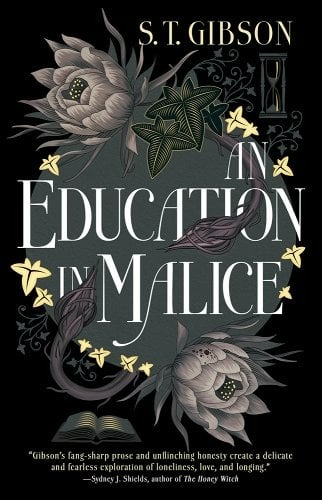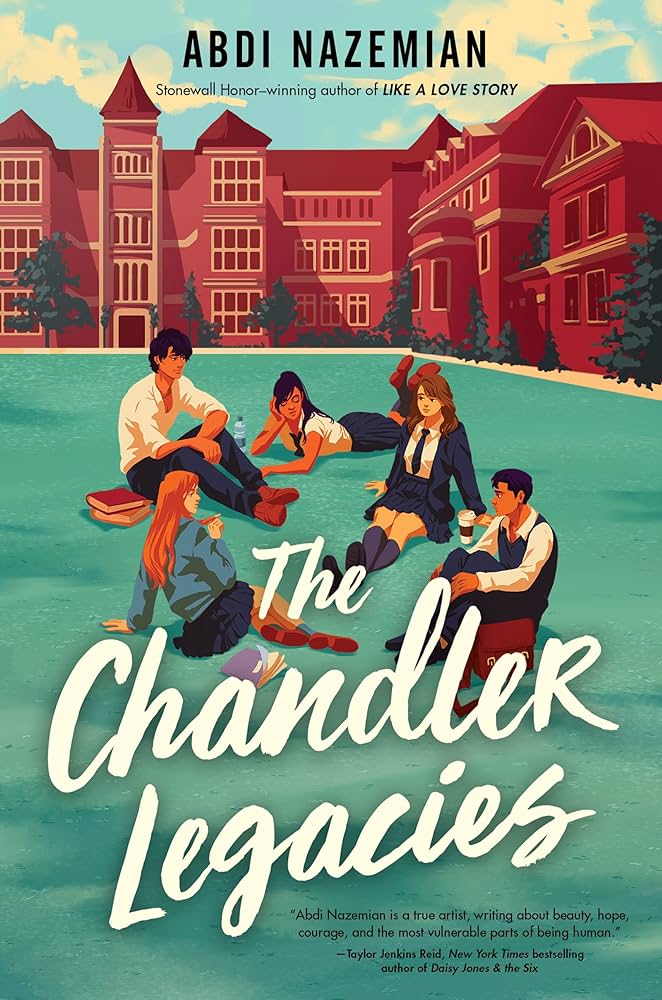One thing that you need to know about me is that I love vampires! Whether it’s Buffy the Vampire Slayer, Twilight, Interview with the Vampire, or What We Do in the Shadows, if a piece of media has vampires in it, then I want to consume it. Because of this, I figured that discussing someRead More
A Very Queer Gothic Ghost Story: The Narrow by Kate Alice Marshall
When I got a promotional email about this book, I asked the publisher if there was a queer main character, because I couldn’t tell from the description. It’s funny that I had to clarify, because this is a very queer book: the main character is bisexual, there’s an F/F romance, and there are several queerRead More
A Forgotten Classic of Lesbian Literature: Olivia by Dorothy Strachey
Buy this from Bookshop.org to support local bookstores and the Lesbrary! I had found out about Olivia by Dorothy Strachey through the 1951 film of the same name by Jacqueline Audry. MUBI describes the film quite beautifully: “Dreamy laces, soft lighting, and longing glances induce an erotic headiness that renders this landmark lesbian love storyRead More
Academic Lovers to Enemies to Lovers: The Headmistress by Milena McKay
Amazon Affiliate Link Everyone knows the old saying, “be careful what you wish for”. For Professor Samantha “Sam” Threadneedle, the main character of Melina McKay’s moody and dark academia romance The Headmistress, that adage becomes very true. Three Dragons Academy, a remote all-girls boarding school that has been her home since she was an orphan leftRead More
An Obsessive, Erotic, Vampire Gothic: An Education in Malice by S.T. Gibson
Buy this from Bookshop.org to support local bookstores and the Lesbrary! I feel as though all my adult life I have been wishing for a Carmilla retelling that really illuminates the heart of the original novella—the obsession, intensity, eroticism, and power struggle between Carmilla and Laura that makes the text one of the most lasting examples ofRead More
An Inclusive Magical Boarding School Story: Basil and Oregano by Melissa Capriglione
Buy this through Bookshop.org to support local bookstores and the Lesbrary! Since reviewing Grand Slam Romance, a heartwarming, sexy, and inspiring graphic novel set in the world of a magical queer softball league, I’ve been searching for another graphic novel to scratch that very specific itch. To my delight, Melissa Capriglione’s Basil and Oregano did just that. ThoughRead More
The Secret History Meets The Breakfast Club: The Chandler Legacies by Abdi Nazemian
Bookshop.org Affiliate Link At a private boarding school, five writers are selected for the elite writing group called the Circle: Beth, the “townie” who feels very much out of place; Sarah, Beth’s former roommate who carries her own secrets about the school; Spence, who struggles to carve out her own identity while also benefiting fromRead More
A Fraught, Erotic Fever Dream: Mrs. S by K. Patrick
Bookshop.org Affiliate Link Every so often I read a novel that just has the perfect summer energy about it—and even though I read a review copy of Mrs. S by K. Patrick (Europa Editions, 2023) in the spring, I was thinking of summer the entire time. Perfect for fans of novelists like Emma Cline, Mona Awad, orRead More
Danika reviews A Lesson in Vengeance by Victoria Lee
Amazon Affiliate Link | Bookshop.org Affiliate Link I feel a little “dead dove, do not eat” about this reading experience. I went into it looking for a creepy, unsettling read and then finished feeling unnerved and unhappy about feeling that way. So while I didn’t enjoy this read as a whole, that’s down to myRead More
Meagan Kimberly reviews Plain Bad Heroines by Emily M. Danforth, illustrated by Sara Lautman
Amazon Affiliate Link | Bookshop.org Affiliate Link The book starts with The Story of Mary MacLane, a real-life figure in writing. It’s this book that the girls of Brookhants School for Girls center their Plain Bad Heroines Society around. But when three girls die and the book is found at both death scenes, it soonRead More



